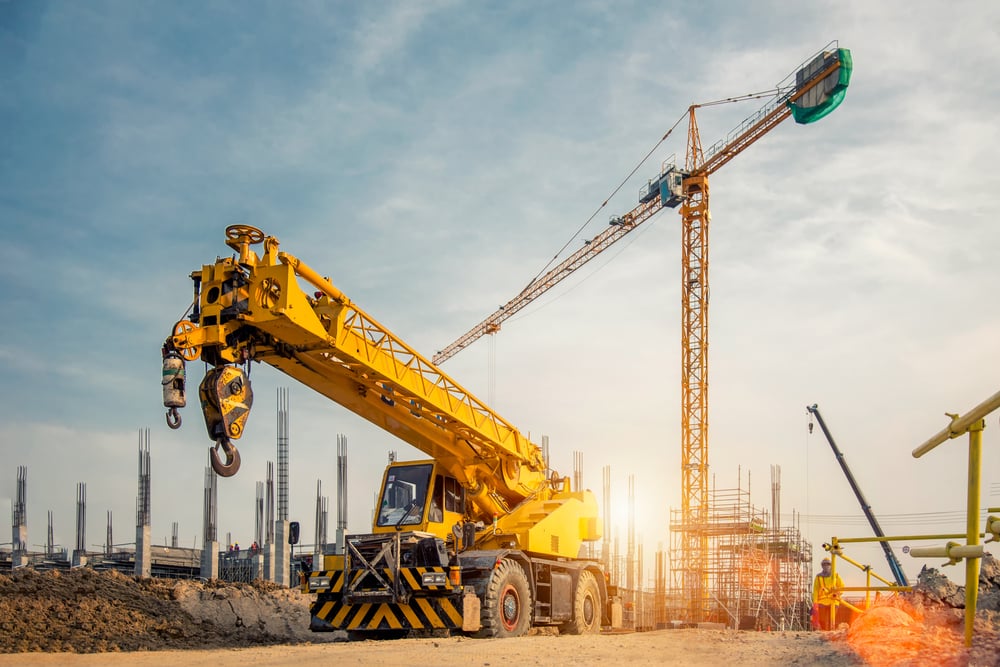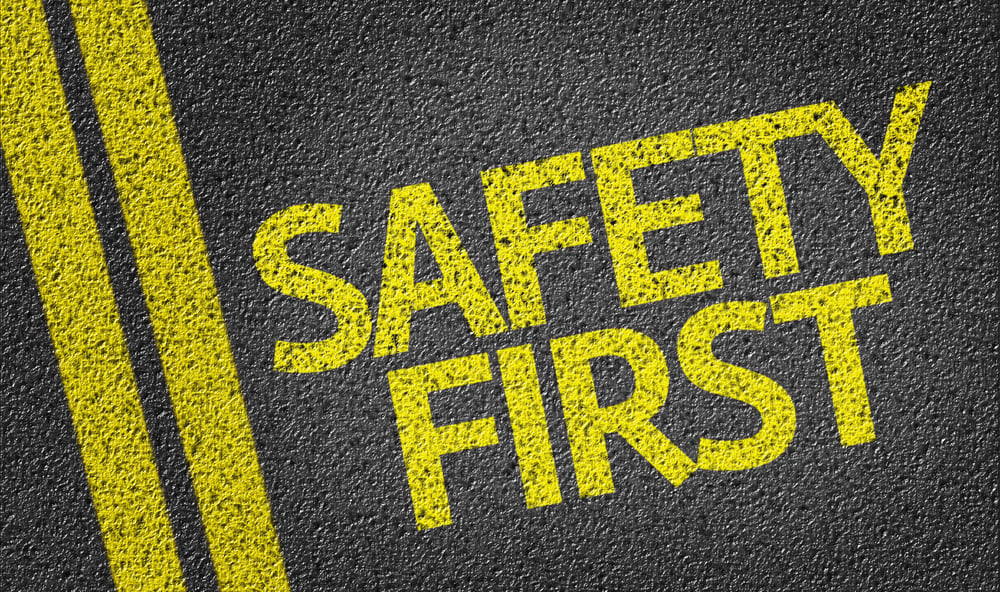OSHA FAQs: Approved State Plans
The Occupational Safety and Health Act (OSH Act) covers most private sector employers and their workers, in addition to some state and local...
3 min read
 Andrew Darlington
:
October 23, 2024 at 5:39 PM
Andrew Darlington
:
October 23, 2024 at 5:39 PM

In 2010, the Occupational Safety and Health Administration (OSHA) issued a final rule that established a new safety standard for worksites where cranes or derricks are used in construction. The standard went into effect on Nov. 10, 2010. OSHA later extended its application to the demolition and underground construction industries, effective May 23, 2013.
The standard outlines several processes designed to prevent common hazards that could lead to injuries and fatalities during the assembly, disassembly, and operation of cranes and derricks. It also imposes an operator certification requirement, for which OSHA delayed the effective date until Nov. 10, 2018.
.This Compliance Overview provides a general summary of the standard.
Effective date for cranes and derricks standard for the construction industry.
Effective date for cranes and derricks standard for demolition and underground construction.
Deadline for crane operator certification.
Osha’s cranes and derricks standard (the standard) applies to all employers that use cranes and derricks in construction, demolition, or underground construction. Employers whose personnel work at a site where cranes and derricks operate have responsibilities under the standard as well.
In general, the controlling entity of a project has the main responsibility for compliance with the standard on a construction site. A controlling entity may be either:
Additional entities that are subject to the standard include any:
The OSHA standard applies to “power-operated equipment used in construction that can hoist, lower and horizontally move a suspended load.” The definition of covered equipment includes a non-exhaustive list that includes the following examples:
The standard also applies to these items when they are used with attachments (such as hooks, magnets, grapples, clamshell buckets, orange peel buckets, concrete buckets, draglines, personnel platforms, augers or drills, and pile driving equipment).
However, the standard exempts certain equipment, such as:
The standard contains requirements related to various situations involving the use of cranes and derricks in construction, such as crane inspection, set up, and disassembly. Major provisions of the rule require controlling entities to:
In addition, the standard requires employers to ensure that crane operators complete at least one of the following:
Although the operator certification requirements were part of the original final rule, OSHA delayed enforcement of these provisions until Nov. 10, 2018.

The Occupational Safety and Health Act (OSH Act) covers most private sector employers and their workers, in addition to some state and local...

Building a comprehensive safety culture is the best way to reduce illnesses and injuries, and their associated costs. But creating such a culture is...

When a company experiences significant increases in workers’ compensation costs, it usually triggers internal activities aimed at reducing insurance...